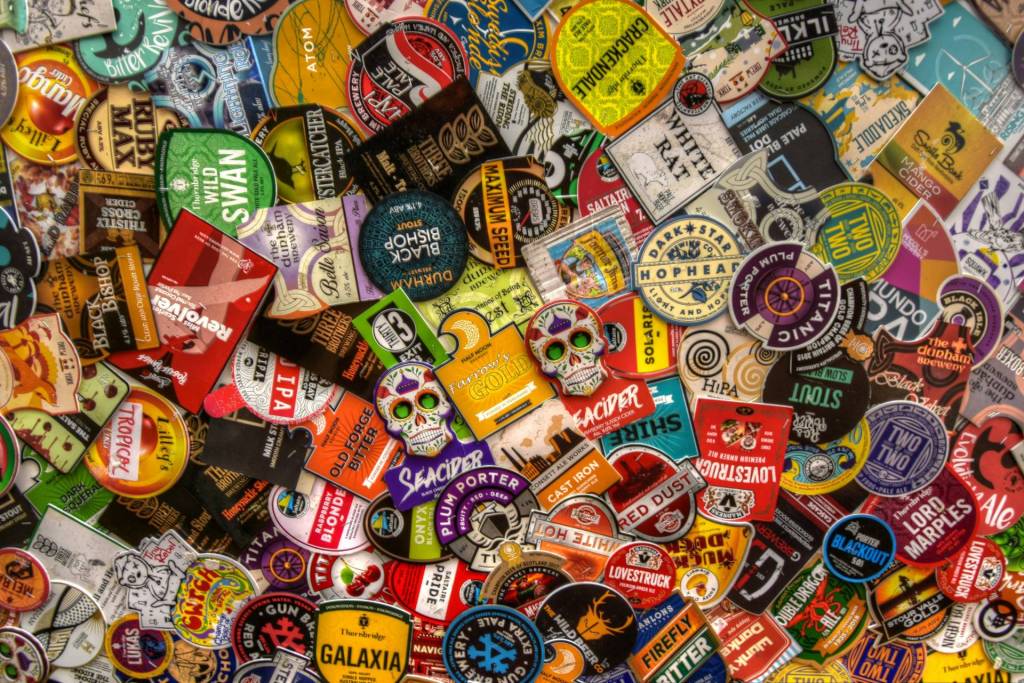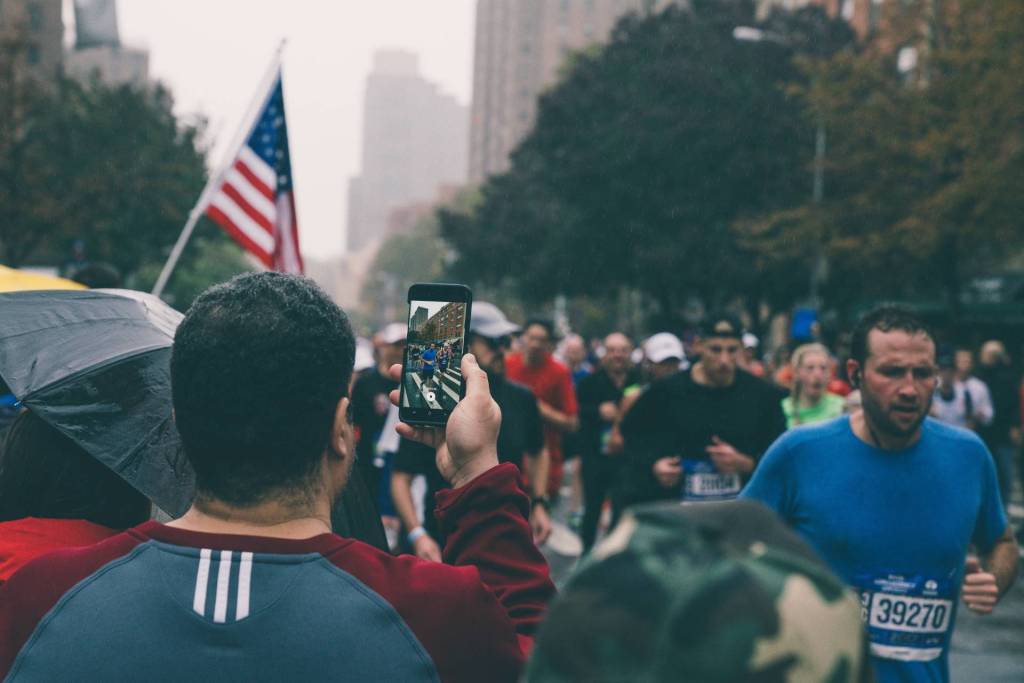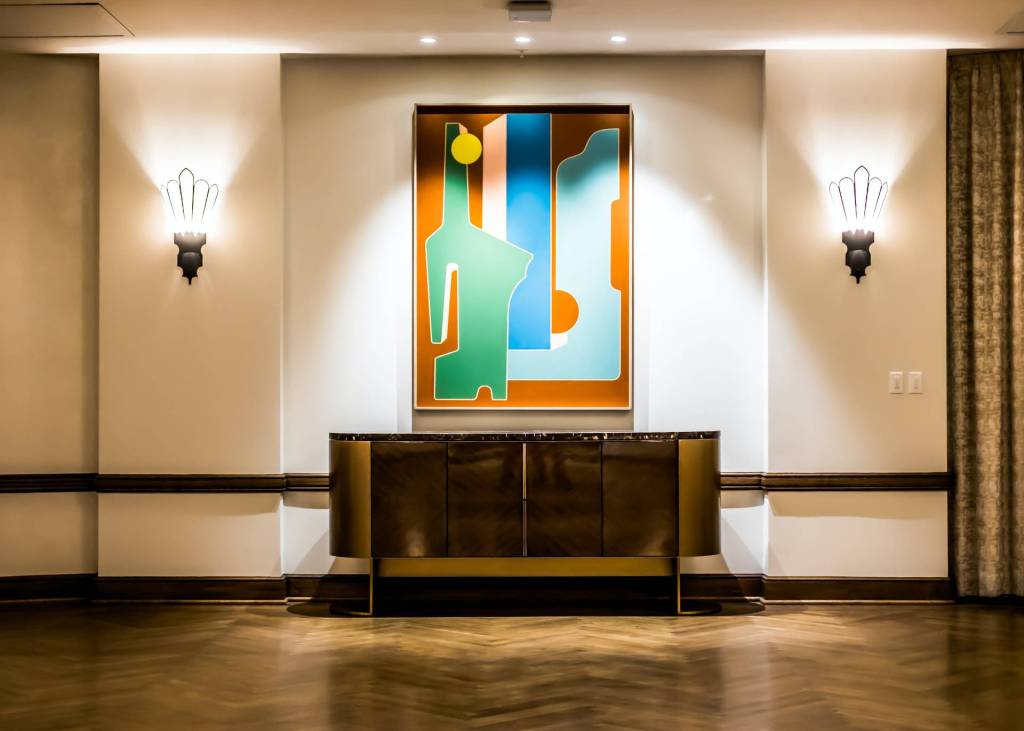A meeting room can leave a strong impression on clients. It can either help them come up with fresh, creative ideas, or it can distract them with how uncomfortable and stuffy it is. If you want your clients to remember the former rather than the latter in your next meeting, here are ways to infuse personality and professionalism into any conference area.
1. Consider Your Clients’ Needs
Of course, you want clients to be as comfortable as possible. You want them to have enough elbow room, as well as space to get up and walk around. At the same time, you also want the meeting room to be small enough to let people know they’re safe in a group.
So get the numbers down first. Estimate how many people will show up on Meeting Day. Measure the room’s dimensions, and invest in a table proportionate to the size of the room. Have your clients sit in office chairs that are ergonomic, adjustable and affordable.
2. Choose a Table Configuration
There are plenty of seating styles you can choose from. For example, the U-style allows everyone to engage with the speaker and vice versa, while the theater/classroom style can accommodate more people. Be sure to check the pros and cons of each style before deciding on a final layout.
3. Pick the Right Room
Ideally, the room should be in a place where distractions are kept to a minimum. For example, a space near the CEO’s office would be great, but not a space near the main lobby or facing a construction site. If you have to make do with a distraction-filled area, however, hire a professional to soundproof the meeting room.
Also, using the right wall color can make a difference in how productive a meeting is. If you paint the room blue, your clients might feel more relaxed and agreeable. But if you paint it red, clients might become more argumentative. Regardless of which color you choose, it should evoke the right emotions in your audience and fit with your company’s brand and image.
4. Adjust the Lighting
It’s okay to let in a little natural light from outside. Just make sure the windows are covered with blinds and shades, in case the glare becomes distracting — especially if the meeting is in the mid-afternoon. Other ways to make lighting work include:
- Avoid or minimize overhead lighting.
- Use bulbs that don’t give off too much heat.
- Have the wall colors complement the lighting.
- If the meeting is large, use an organic light-emitting diode (OLED).
- Choose the Right Screen
The screen is the focal point of the meeting room, so choose it carefully. It should be big enough for everyone in the room to see, but small enough not to be overwhelming. Also, it should be positioned at just the right distance from your audience, which you can calculate via the AVDistanceCalc app available for iOS and Android.
Aside from the screen size and distance, consider the right projector screen type and fabric as well. Think about whether you’ll have the screen mounted on a wall, ceiling or tripod, and which fabric will go best with the colors and tones of your presentation. Don’t forget to consider accessories like cables, remote controls and speaker mounts.
6. Provide Amenities
As mentioned earlier, your guests should be as comfortable as possible. Give them a refrigerator within arm’s reach, so they can get up and drink whenever they need it. Invest in tables with mini-cabinets, where your guests can stash their belongings while participating in the meeting. Put a bin or two in a corner of the room so guests can dispose of their trash properly.
7. Keep the Design Consistent
The best meeting rooms are the ones that express what your company is all about. If your company has a fun, playful image, for example, you can take inspiration from these 13 quirky office designs that’ll grab your clients’ attention. But if your company is more of the dignified and reliable type, the meeting room should reflect that too. Creativity is good, but authenticity is even better.
8. Do a Test Run Prior to the Meeting
When it comes to important events like meetings, preparation is crucial. Not only will it help calm your nerves before the Big Day itself, but it’ll also help you catch any technical problems before they escalate.
Schedule a mock meeting at least a day before the actual meeting. Have your colleagues pretend they’re your “clients,” then give your presentation as you would in front of clients and ask them for feedback. They can give you pointers on how to present, whether the presentation is easy on the eyes, whether the room is as conducive to meeting as you’d like, etc.
No matter how you design a conference/meeting room, always remember: It should, first and foremost, be a safe and comfortable space where professionals can gather, brainstorm and collaborate. With that in mind, plus the tips given above, it’s hard to go wrong.













